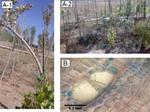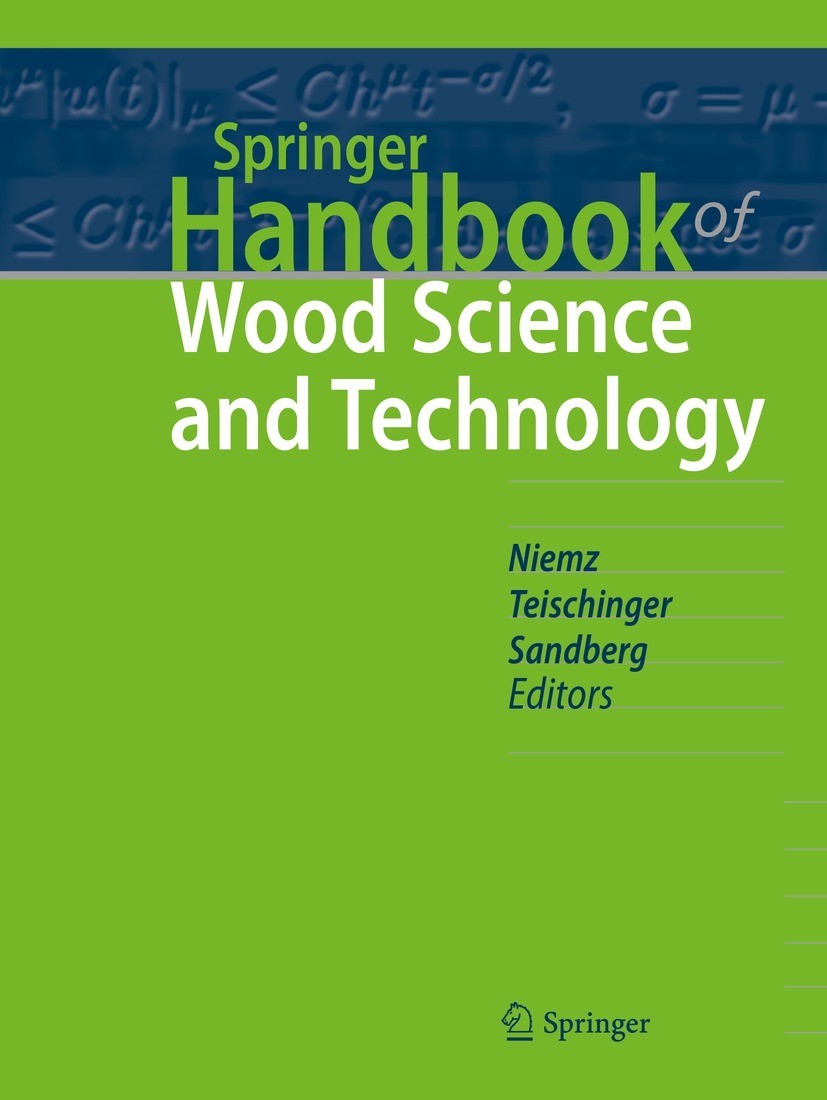Protein content and antioxidant enzymes activity in reaction wood of poplar and their response to different levels of sustained bending stress
Abstract
The histogenesis of reaction wood in woody plants is a promising area of exploration for emerging wood technology products and for a generalized understanding of stress physiology. The activity of total protein and antioxidant enzymes were measured during the development of normal and reaction wood (opposite wood and tension wood) in the bole of poplar trees (Populous alba L.) induced by two levels of sustained bending stress to produce moderate and severe reaction wood. Four-year-old poplars were induced to produce reaction wood by sustained bending to 0, 35 and 80° from the vertical position. The activity of antioxidant enzymes was studied with repeated sampling during one growing season. Severe reaction wood showed higher levels of H2O2 and enzymes than moderate reaction wood. Tension wood showed a higher accumulation of total protein than opposite wood at the beginning and end of the bending treatment and opposite wood showed higher enzymatic activity. H2O2 and antioxidant enzymes were also sensitive to mechanical bending stress; compared to normal wood, tension wood and opposite wood which showed higher enzymatic activity coupled with higher amounts of total H2O2. Ascorbate peroxidase was more active than glutathione peroxidase in both tension and opposite wood at some periods of sampling.


 求助内容:
求助内容: 应助结果提醒方式:
应助结果提醒方式:


